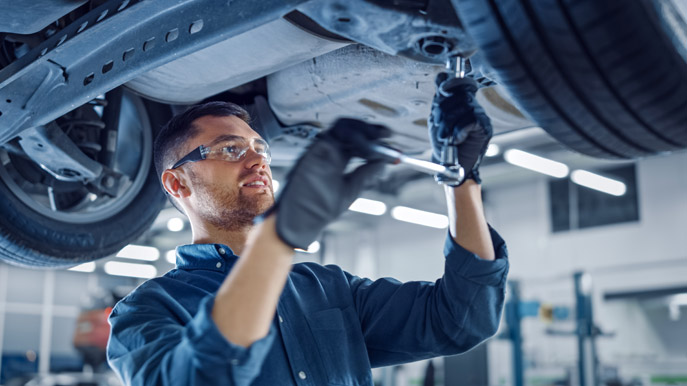Brake Inspection Process
- Is your brake service light on?
- Do you hear any noises when you apply the brakes?
- When braking, do you feel vibrations or smell abnormal odors?
If you answered yes to any of these questions, it is time to inspect your car’s braking system to diagnose the problem.
But before we tell you about our brake inspection process, you should understand the factors that are contributing to the wear on your braking system:
- Carrying more weight than your car can handle
- Intense braking, especially from high speeds
- Driving in extreme weather forces you to brake more frequently
During a brake system inspection, we:
- Test drive the car to check for any noises, smells, or vibrations when braking
- Inspect the tires for punctures or tire and rim damages
- Inspect the suspension system
- Check the brake master cylinder for leakages
- Check for any damaged or leaking hoses
- Test the brake pads for wear and tare
- Check brake calipers for leaks and security
- Check service brake shoes for wear or damage
- Inspect operation of wheel cylinders and report any leaks
- Visually check brake hydraulic system, pipes and hoses for any leaks, chafing and corrosion
- Check security of handbrake linkages and travel
- Check brake discs and drums for wear, cracks, corrosion and scoring or pitting (excluding internal drums)
- Inspect the brake fluid and flush
- Check for any faulty sensors
It’s easy for braking issues to snowball into a significant repair bill. If you suspect a problem with your brakes, get them checked out. If you need an inspection of your brakes, contact us.



